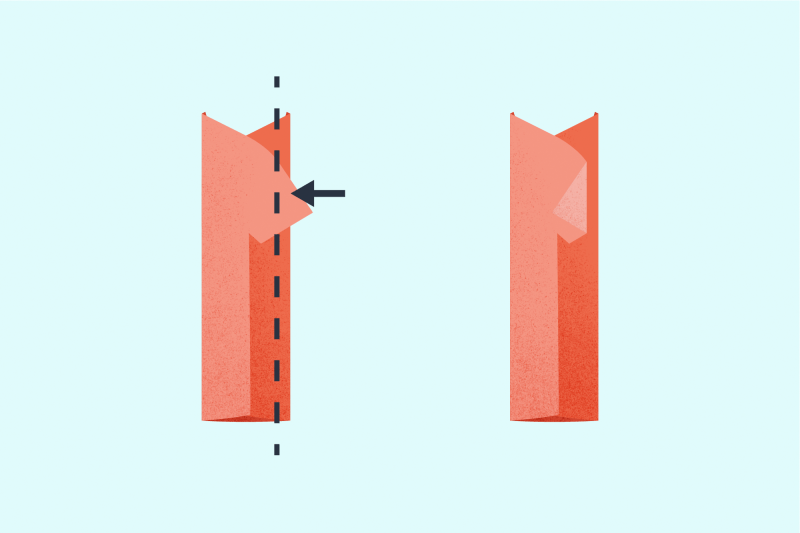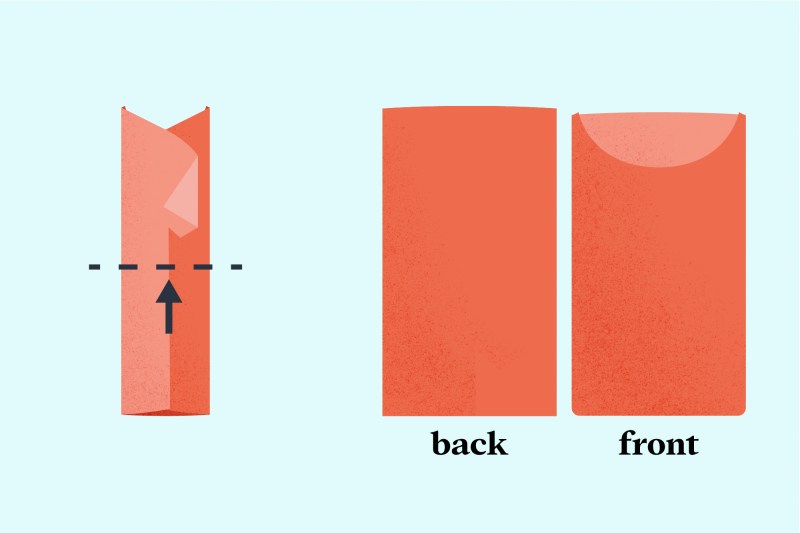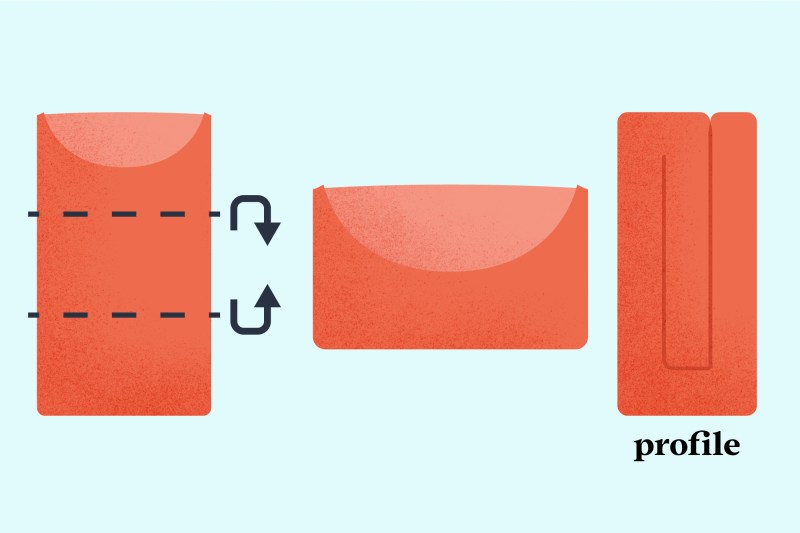Your favorite worn-out t-shirt is elevated to near black-tie status during the summer. It’s lightweight and cool, gives you enough coverage for most situations, and cuts the mustard at all but the most elite of restaurants. Solid t-shirts in soft, comfortable fabrics make a minimalistic statement; while graphic tees allow us to indulge in self-expression. Of course, the problem is; without other layers to hide under, the t-shirt also has to be neat and wrinkle-free for all but the most grungy of circumstances. Whether you’re looking to get the laundry folded and put away quickly so you can hit the beach; are packing for a summer getaway, or want to start organizing your clothes at home; we’ve got a folding and storage solution to keep your old standby at the ready for all occasions.
Kristyn Ivey runs Chicago’s first Platinum Certified KonMari tidying consultancy, For the Love of Tidy. Besides organizing the lives of her fellow Windy City citizens, she even counts her own father as a client, convincing the 63-year-old to use the “spark joy” method as his own storage solution. He’s even demonstrated his mastery of the Japanese packing techniques on her blog. We particularly liked his method of using a belt, tucked inside a button-down shirt collar, to provide structure.
While we may be looking to fold t-shirts in a hurry, Ivey reminds us to treat our clothing “with love and respect! Our clothes work very hard for us every day. So, it’s important to lead with gratitude and mindfulness even while folding t-shirts. The way we treat anything is the way we treat everything!”
“The KonMari signature folding method trades stuffing and stacking for arranging shirts like file folders, upright and on edge,” she explains. “An inventory of every color, style, and texture greets you every time you open the drawer. T-shirts hold a KonMari fold really well; saving space and reducing the pressure that causes wrinkles.”
According to “The Life-Changing Magic of Tidying Up,” by neatness guru Marie Kondo; the goal is to fold each T-shirt into a simple, smooth rectangle. Kondo’s method goes like this:
1. Fold each lengthwise side of the garment toward the center.

2. Tuck the sleeves in to make a long rectangular shape.

3. Pick up one short end of the rectangle and fold it toward the other short end.

4. Fold again; in halves or in thirds: the number of folds should be adjusted so that the folded T-shirt will stand on its edge, fitting the height of your drawer.

It may seem a bit complicated at first, but after a few loads of laundry you’ll be banging out folded t-shirts like a sales associate at The Gap. Having converted to the KonMari method myself; I organize most of my solid t-shirts by color; but I fold graphic t-shirts so that the pattern is easily “read” on the top of the fold, then put them in a separate drawer.
Ivey points out that heavier sweaters and knits can also be folded and stored upright, turning the sleeves inward. Polos are usually happiest when hung up to best protect the collar. (Another editor’s note: “No. Wire. Hangers. Ever!” Please use soft plastic or velour-coated hangers when hanging knits so they don’t get stretched out in the shoulders.)
Now that your home is neat and tidy, are you ready to hit the road? “For travel, transfer the KonMari folded shirts from your drawer right to your suitcase or packing cube,” says Ivey. (She actually demonstrated her packing method for the local Chicago ABC affiliate.) The method involves using packing cubes to keep everything organized (the article compares the zip-up pouches to bento boxes, Japan’s brightly organized and decorative lunch containers). Ivey recommends packing the cubes with outfits in order of events planned, so if you’re headed off for a destination wedding, organize packing cubes by “day of,” rehearsal dinner, bachelor party, etc.
Ivey also suggests folding t-shirts right out of the dryer while they are still warm; “It’s a great way to avoid the need to iron or have a pile-up of clean clothes.”



